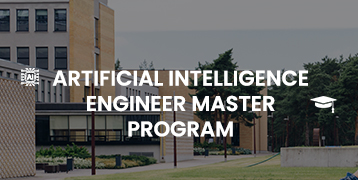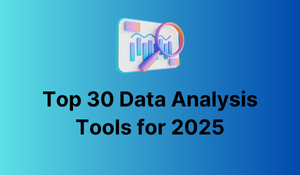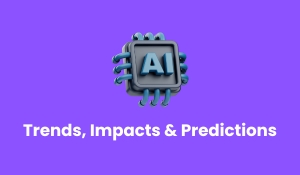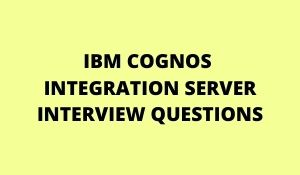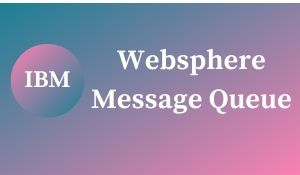
Importance of data modeling techniques for your company
Data modeling has been throughout for as long as data processing, data storage, and computer programming. Database management systems began to evolve in the 1960s when the term probably came into common use. Data modeling itself has become better structured and formalized as more data, more databases, and additional varieties of data have emerged. Where there is nothing new or innovative about the concept of planning and architecting a new structure. Using the right databases ever wonder why it is important to project ideas with data modeling techniques that will give you a clear representation of data and enable you to analyze data easier and quicker. Data modeling minimizes the risk of data redundancy by clearly and understandably representing collected data. Data modeling can be used to improve data quality and produce useful and reliable insights for your company. Many businesses depend on data modeling, so they must learn and adopt effective data modeling techniques for better results. At present data, modeling is more essential than ever as technologists struggle with new sources of data such as IoT sensors, location-aware devices, clickstreams, and social media along with unstructured data be as text, audio, video, raw sensor output where at volumes and velocity that exceed the capabilities of traditional systems. Altogether there is now a constant demand for new systems, innovative database structures and techniques, and new data models to tie to this new development.

The COVID-19 pandemic has shown that data-driven resolutions have influenced all our lives over the last few years. However, decisions made without proper data foundations, such as well constructed and updated data models, can lead to potentially destructive results. For that data to be high-quality and reliable all the decisions that are derived by data so as the right data need to be available to decision makers. Data modeling enables this through a series of data models that are conceptual, logical & physical that start at a high level, are driven by the decision makers business needs, and evolve into greater technical detail for how data is to be stored, organized, and managed. This creates a common language across an organization, which is the starting point for a “single source of truth” for data and the effective flow of data within an organization.
Data modeling consequently provides consistency which improves the data quality and treats the data across an organization. It unlocks the real value of an organization’s data which exists in the relationships between different types of data. Anew all based on the decision maker’s business needs, it assigns rules to identify those relationships. This consistency is essential for any data analytics, business intelligence, or artificial intelligence application that supports an organization’s business operations. Without it, an organization’s data foundations are fragile. The details behind data modeling are highly technical and complicated. It is recommended that organizations turn to subject matter experts who have a deep understanding of metadata which sits at the heart of enterprise data management and data modeling tools. For example, Envitia’s Data Modeling Toolkit has been used extensively by the UK Hydrographic Office to deliver a complex digital transformation project around maritime data.
| Learn more information from the GoLogica “Data Modeling Training“ |
The Benefits Includes:
- Exploiting Data as the Most Valuable Asset in your Organization: Data has significant value and, like any other asset, it needs to be maintained, protected, managed, and utilized to exploit that value. Several organizations are leading on the massive organization through the data holdings easier not knowing where or how to start.
- Faster & Better Data-Driven Decisions: With a complete overview of an organization’s data holdings, the data model maps how a business leader’s requirements are being fed by the right data (or not). Data can be found much more quickly but, conversely, it means that Firstly, Redundant or missing data can be identified, reducing the decision errors based on missing data. The second is that poor data quality is improved which means better decisions. Errors in decision making based on poor quality data are often a significant yet hidden cost in any organization
- Underpin Digital Transformation with New Digital Business Models: With more flexible access to reliable data, new business models can be developed as part of a digital transformation process.
- Providing a Common Language: In a world of fast-moving technology and blurred lines of responsibility between a Business Unit, CIO, CDO, & CTO, using data modeling as a tool to strengthen coordination and communication, with a common language and understanding, should not be underestimated.
- Creating a Data Driven Culture: Data modeling is not a one and off exercise, but it needs to be part of a data-driven culture. As the organization evolves, so do business needs, and therefore so do the data models in order to ensure that the data is organized or re-organized in such a way to continue to deliver those evolving needs.

Conclusion
Businesses meet many challenges every day. Data models will assist you quickly in getting answers to even very difficult business questions and operations. With the right data modeling strategy, we can gain complete control over the data definitions and metadata. However, implementing these data definitions into practice requires a little extra work. We need a way to turn written structures into actionable code to bridge the gap between data modeling and data integration. Good data modeling and database design are essential to the development of multiple application sets of functional, reliable, and secure application systems and databases that work skillfully with data warehouses and analytical tools and facilitate data exchange with business partners. From the course, you will be able to learn the topic with context to the job experience in real life, which is always exactly what you need the most as a professional. Make the most of our in depth and thorough Data modeling training. Enroll with GoLogica and become a certified business data modeler. Happy Learning!!
Related Articles:
🎯 Data Modeling Tutorials
🎯7 Data Modeling Techniques and Concepts for Business
🎯 Importance of Data modeling and using different Technologies in Data Modeling
🎯 Overview, Basic Concept, and Types in Details On Data Modelling
🎯 What is the best data modeling Tool to use in 2024?
🎯 Data Modeling Interview questions and answers – 2024
Author Bio

Kavya Sathvik, A content strategist at Gologica. She has 2 years of experience in content writing. Passionate about writing technical content and also creating effective content strategies for brands and blogs. Contact her: Linkedin



